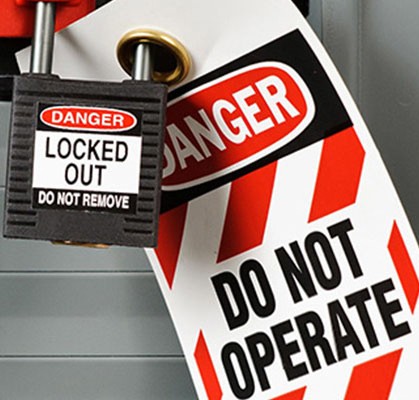


Navigate from your full estate down to one specific serial number in moments.
From Reactive to Predictive: The Modern Asset Management Flow
Idle assets don’t just sit there—they quietly eat into profit. A truly modern asset management approach is more than a database of tags; it’s the operational backbone that links inventory, maintenance, change approvals, and performance analytics so teams can intervene early instead of reacting late. The ToolKitX Asset Management platform does exactly that, giving operations a single, real-time view to monitor asset condition, schedule and complete work, and back every decision with records finance and compliance teams can trust.
So… What Is an Asset Management System, Actually?
You can think of it as the central vault for everything related to your equipment—right from the moment it’s introduced and tagged, through every inspection, repair, and failure, all the way to decommissioning. It tells you where an asset is, what shape it’s in, and how much it has cost you so far. ToolKitX goes a step further by embedding work order management, controlled documentation, and AI-powered recommendations so maintenance can mature from “fix it when it breaks” to “prevent it before it breaks”—and eventually to fully predictive routines.
Who Feels the Impact the Most
Industries where a stoppage gets expensive fast—energy, utilities, manufacturing plants, service fleets—see the clearest return. Because ToolKitX ties asset tracking to maintenance, permit-to-work flows, and formal change control, it creates an end-to-end operational picture that stand-alone tools simply don’t provide.
What the Platform Puts on the Table
Why It Matters for the Business
Quicker Answers, No Chasing
Everything about an asset—status, location, maintenance state—is visible in one dashboard. No more hunting through spreadsheets, email chains, or random file folders.
Higher Uptime
Condition thresholds, IoT events, and predictive signals trigger action before failures turn into outages, helping teams shorten repair windows.
Always Audit-Ready
Versioned records, exportable KPIs, and tamper-proof trails make it simpler to satisfy regulators, insurers, and internal assurance.
Financial Line of Sight
Sync asset life data back to your ERP to support straight-line or declining-balance depreciation, and use usage/demand intelligence to plan spares and capital investments.
Fast Go-Live
Cloud delivery, guided setup, and in-app support speed user adoption—without the slow, heavyweight implementations older EAM systems are known for.
A Simple 5-Step Operating Pattern
When you bring maintenance, inventory, permitting, change governance, and analytics into one connected workspace—and plug it into the industrial systems you already run—you end up with a single, defensible operational source of truth, from the shop floor to the boardroom.
Schedule a no-cost walkthrough: https://toolkitx.com/campaign/asset-management/
So… What Is an Asset Management System, Actually?
You can think of it as the central vault for everything related to your equipment—right from the moment it’s introduced and tagged, through every inspection, repair, and failure, all the way to decommissioning. It tells you where an asset is, what shape it’s in, and how much it has cost you so far. ToolKitX goes a step further by embedding work order management, controlled documentation, and AI-powered recommendations so maintenance can mature from “fix it when it breaks” to “prevent it before it breaks”—and eventually to fully predictive routines.
Who Feels the Impact the Most
Industries where a stoppage gets expensive fast—energy, utilities, manufacturing plants, service fleets—see the clearest return. Because ToolKitX ties asset tracking to maintenance, permit-to-work flows, and formal change control, it creates an end-to-end operational picture that stand-alone tools simply don’t provide.
What the Platform Puts on the Table
Why It Matters for the Business
Quicker Answers, No Chasing
Everything about an asset—status, location, maintenance state—is visible in one dashboard. No more hunting through spreadsheets, email chains, or random file folders.
Higher Uptime
Condition thresholds, IoT events, and predictive signals trigger action before failures turn into outages, helping teams shorten repair windows.
Always Audit-Ready
Versioned records, exportable KPIs, and tamper-proof trails make it simpler to satisfy regulators, insurers, and internal assurance.
Financial Line of Sight
Sync asset life data back to your ERP to support straight-line or declining-balance depreciation, and use usage/demand intelligence to plan spares and capital investments.
Fast Go-Live
Cloud delivery, guided setup, and in-app support speed user adoption—without the slow, heavyweight implementations older EAM systems are known for.
A Simple 5-Step Operating Pattern
When you bring maintenance, inventory, permitting, change governance, and analytics into one connected workspace—and plug it into the industrial systems you already run—you end up with a single, defensible operational source of truth, from the shop floor to the boardroom.
So… What Is an Asset Management System, Actually?
You can think of it as the central vault for everything related to your equipment—right from the moment it’s introduced and tagged, through every inspection, repair,
